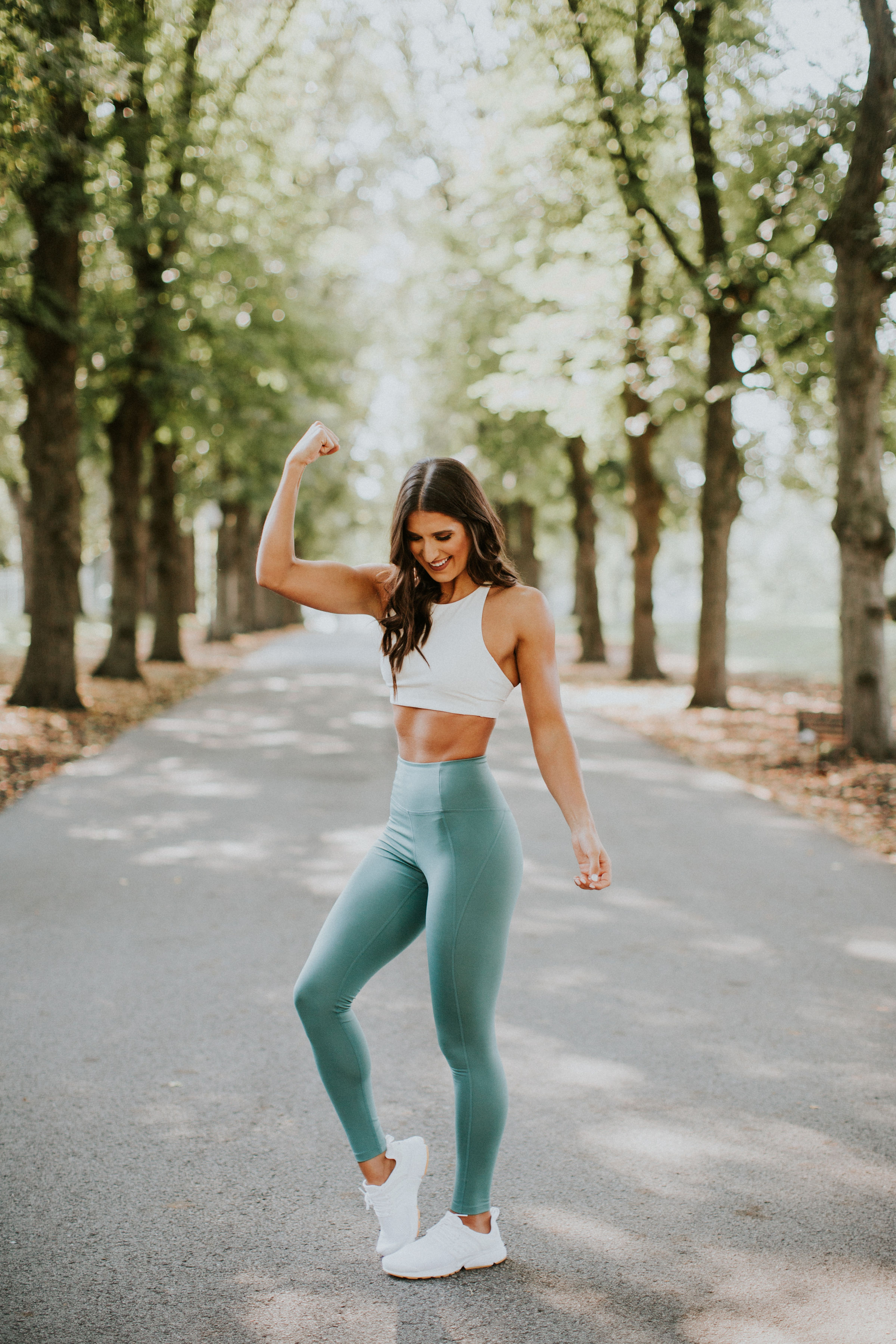
It seems like the entire world is anxious about eco-friendly products. From recycled plastic ware (plates, cups, forks, spoons, and so on) to recycled paper bags, CD sleeves, even item product packaging, the whole commercial market is discussing – and using – recycled and recyclable items.
It’s not simply the plastic, paper, and metal industries that are on the sustainability train. Even clothes makers are beginning to get wise and are embracing sustainable practices that interest their customers.
When you comprehend where to look, there are numerous methods you can see this pattern. Here are simply a few of the approaches clothes designers and manufacturers are adding sustainability to their line of product.
Recyclable Products
At the rate people are recycling things, you ‘d think everything around the world can be repurposed into something new. Designer discover truly imaginative approaches to use old metal and plastic in their items. There are many little fashion jewelry shops turning up that solely offer precious jewelry made from recycled little bits of metal, and people pay leading dollar for them, too.
Metal isn’t the only thing being recycled for clothes, however. Various designers are likewise using old materials to upgrade incredible and completely brand-new lines of clothes. This is specifically popular for designs that hearken back to a bygone age while still representing the stylish designs of today.
Cotton: Is It Really The Product Of Our Lives?
You ‘d think since cotton is a plant and can be grown virtually anywhere that it’s a “green” product. Sustainability is essential in its presence, in theory. There’s a concern though: the World Bank states that cotton alone is liable for more than 16% of the release of insecticides on earth. That’s not truly eco-friendly.
As a result, you’ll see a great deal of naturally grown cotton clothing in various designer stores these days. Products like bamboo, soy, hemp, and corn are being processed to make sheets, clothes, and shoes.
Cruelty-Free Clothing
Another aspect of environmental clothes is ensuring no part of the style, manufacture, or blood circulation of the clothes was unjust or unsafe to anyone involved. The sweatshop production has no location in today’s pattern, and kid labor is hated. Even ruthlessness to animals is an aspect you’ll never find in the environmentally friendly designer’s network of production partners.
The times are altering, and in a terrific method. While it’ll be incredibly hard to entirely remove the sweatshops, child labor, and enormous waste of the big clothes manufacturers, one by one we can make a distinction in the style environment.
By remaining informed about the ecologically unfriendly practices of the huge names, and by investing more of your money and time supporting the smaller sized, sustainable designer, we can send a message to the world that fair practices are a requirement, which we ‘d rather be naked than gown ourselves in their ravaging clothes.


Leave a Reply